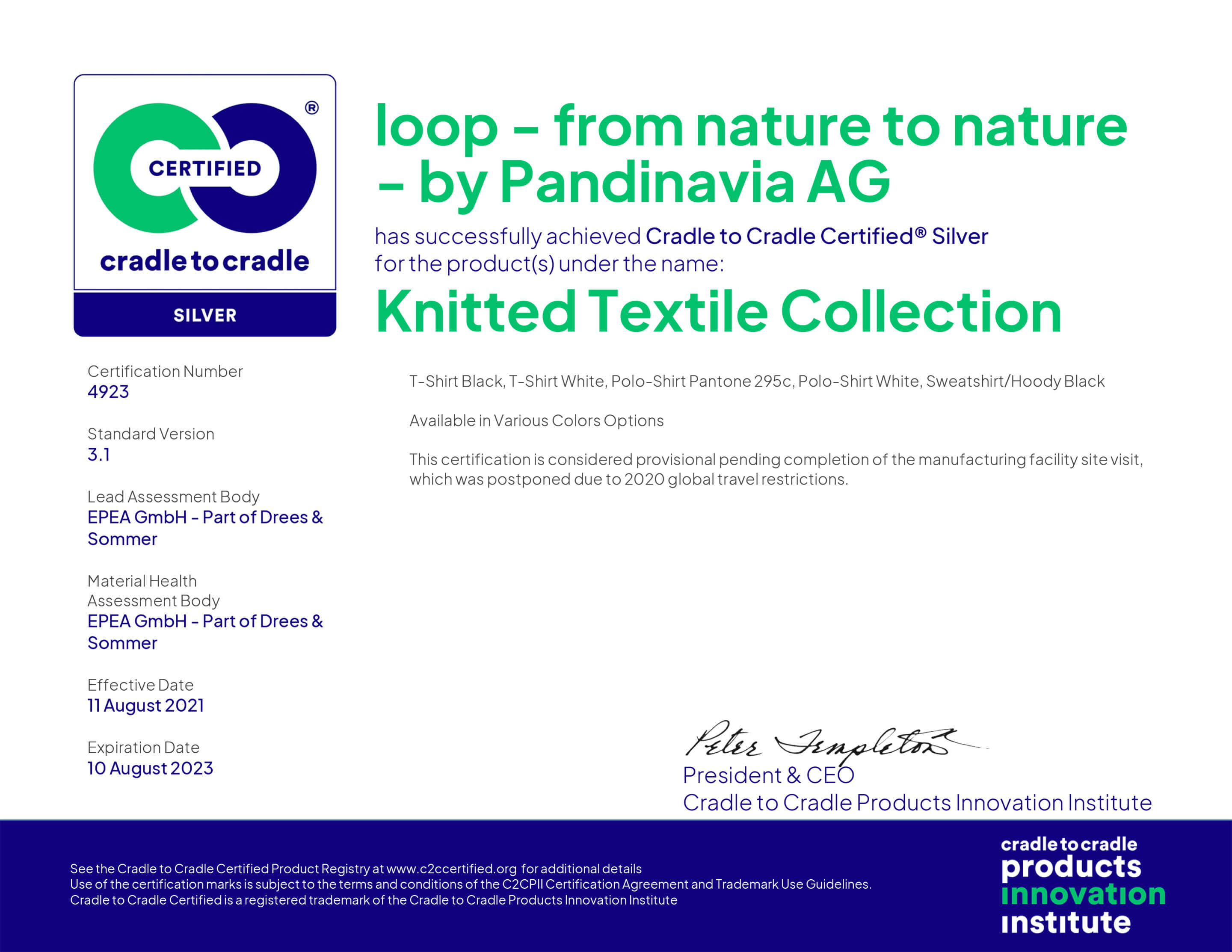Produkte neu denken
Cradle to Cradle® ist ein Designprinzip, das in den 1990er-Jahren von Prof. Dr. Michael Braungart, William McDonough und der EPEA GmbH Hamburg entwickelt wurde. Es steht für Innovation, Qualität und gutes Design. Übersetzt heisst es «Von der Wiege zur Wiege» und beschreibt die sichere und potenziell unendliche Zirkulation von Materialien und Nährstoffen in Kreisläufen. Alle Inhaltsstoffe sind chemisch unbedenklich und kreislauffähig. Müll im heutigen Sinne, wie er durch das bisherige «Take Make Waste»-Modell entsteht, gibt es nicht mehr, sondern nur noch nutzbare Nährstoffe.
Öko-Effektivität statt Effizienz
Im biologischen Kreislauf zirkulieren Verbrauchsgüter wie z.B. Naturfasern, Reinigungsmittel oder biologisch abbaubare Verpackungen, die nach ihrem Gebrauch sicher in diesen zurückgeführt werden können. Sie werden zu Kompost oder anderen Nährstoffen, aus denen neue Produkte entstehen. Der Abfall eines alten Produktes wird so zur «Nahrung» für ein neues Produkt.
Das Mindset
Für gewöhnlich setzen Unternehmen alles daran, ihren Umwelteinfluss (ökologischen Fussabdruck) möglichst effizient zu reduzieren – es wird eine «Null-Emission» oder «Frei von»-Strategie angestrebt. Dabei geht es nicht darum, weniger schlecht zu sein, sondern sich positive Ziele zu setzen. Ein öko-effektives Geschäftsmodell hat qualitative Mehrwerte als Ziel. Dies wird durch das Mindset von Cradle to Cradle® ermöglicht.
Erfahre mehr über Cradle to Cradle und die EPEA Hamburg unter www.epea.com

